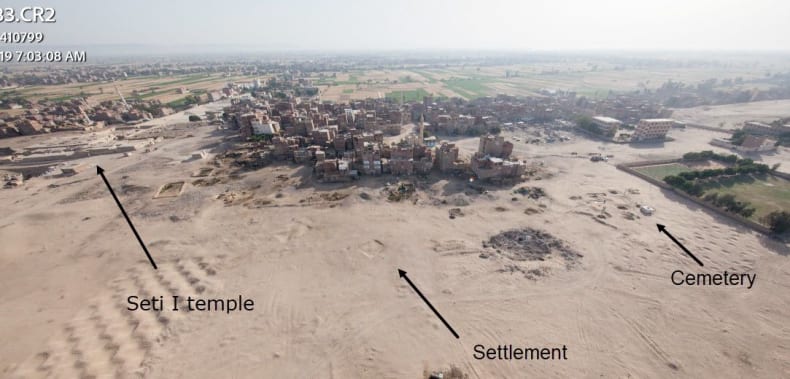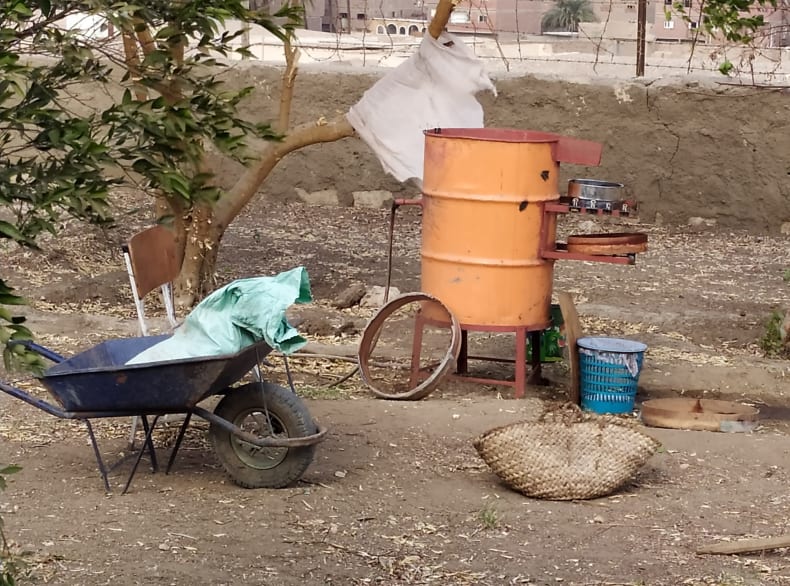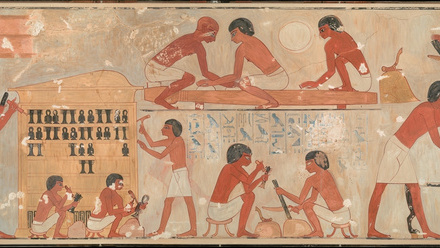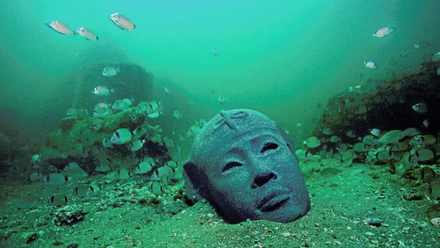Botanical remains from South Abydos
In 2015, thanks to the generous support of its members, the Egypt Exploration Society supported the excavation and documentation of a newly discovered settlement dating to the Nagada III period in South Abydos. This project, under the direction of Yasser Mahmoud Hussein has now progressed and we were delighted to support the analysis of archaeobotanical remains at the site in 2021.
The settlement is located about 300 m to the south of the temple of Seti I and 1250 m to the south-east of the royal tombs at the Umm-el-Qaab necropolis. Today, it is located on the western edge of the El-Arab Village. The estimated extent of the settlement is around 150 x 200 m.

Figure 1: Location of the settlement.
During 2015, two squares (8C1 and 8D2) were excavated and soil samples taken. The analysis of these samples, under the direction of Alaa Shams, is now expected to commence in 2021-22 using an EES Centenary Award.

Figure 2: A floatation tank used to separate archaeobotanical remains from the soil samples in which they are found.
This investigation will help us to understand the daily lives of those inhabiting the settlement during this early period of Egyptian history. Once a new system for analysing archaeobotanical remains in the field is established, further results can be added to continue building up the data bank. Beyond the settlement itself, this information will also inform us of Egypt’s ancient vegetation and the ways in which people interacted with their environment.
The Egypt Exploration Society would like to thank the Institut français d'archéologie orientale for their support and collaboration in providing equipment for this project.



